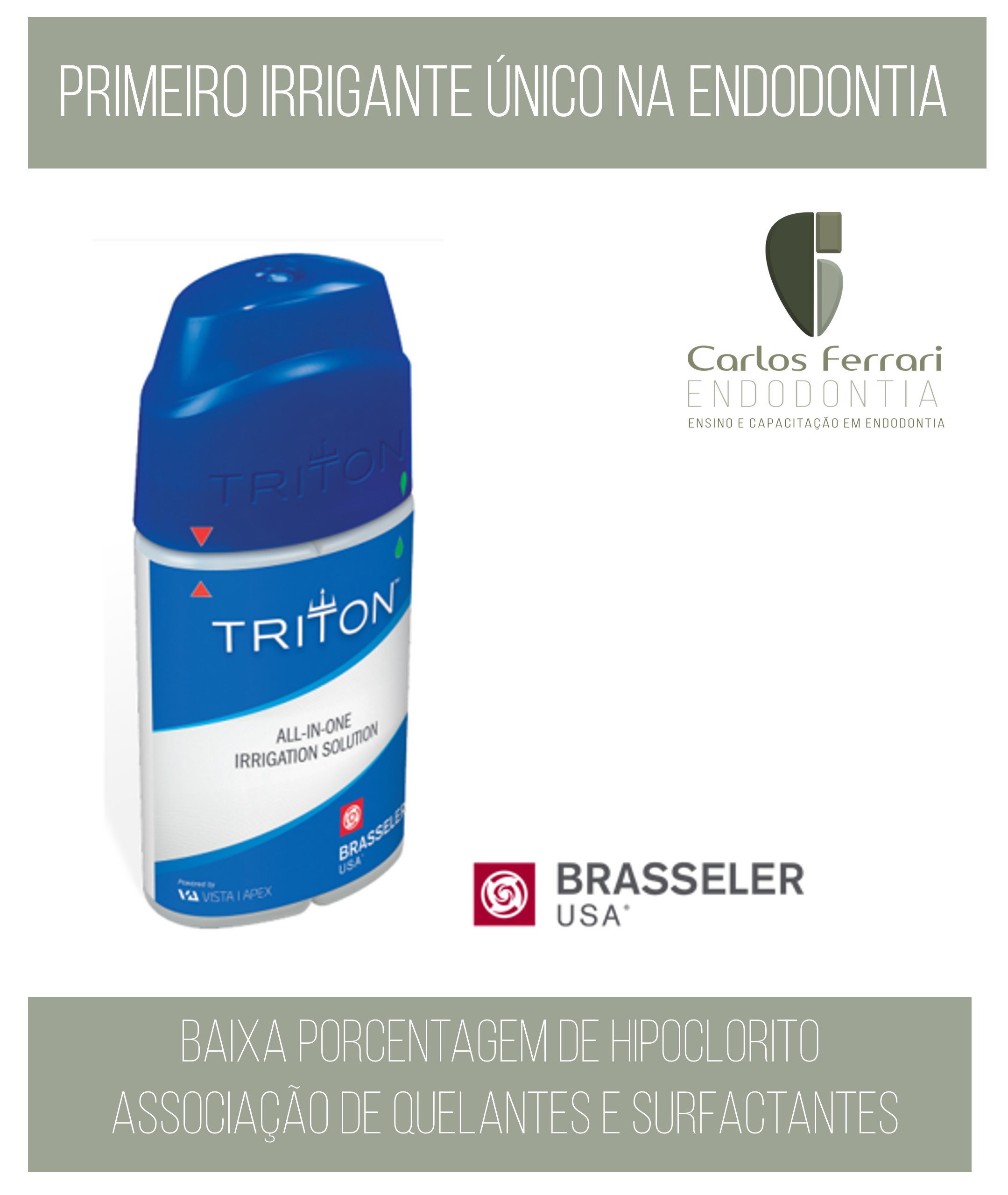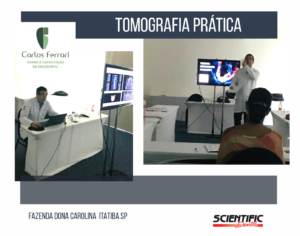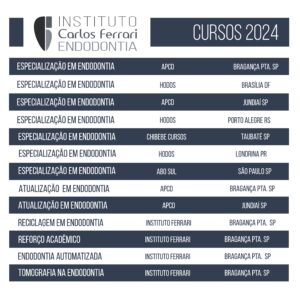Notícia sobre nova alternativa em soluções irrigadoras na endodontia. Acabou de chegar ao mercado americano, um irrigante patenteado para endodontia de uso único, segundo os fabricantes. Portanto, não seria mais necessária a utilização de protocolos de irrigação com duas substâncias e utilização de substâncias inativas para diluição.
Outras associações de substâncias já existem, mas todas devem ser acompanhadas de mais uma substância, durante a irrigação final. Portanto abrem-se novas perspectivas para a agilização do tratamento endodôntico.
Aguardam-se agora estudos independentes e que se tudo der certo, chegue ao mercado nacional.
A irrigação na endodontia é a principal ferramenta para a resolução de problemas inerentes ao tratamento endodôntico: a difícil anatomia na região apical, com deltas apicais e canais e forame acessórios, e a necessidade de descontaminação microbiana e remoção do smear layer dessa área. Portanto, a irrigação é o passo mais importante e decisivo para o prognóstico positivo do tratamento.
Os recursos surgidos nas últimas duas décadas mudaram consideravelmente as técnicas de irrigação e a fizeram muito mais eficiente nos seus objetivos principais: de limpeza, descontaminação e dissolução de tecidos. Dentre as diversas substâncias ativas utilizadas na irrigação destacam-se o hipoclorito de sódio, EDTA, clorexidina, ácido cítrico e o álcool. As substâncias inativas mais comuns, utilizadas na diluição dessas substâncias, são a água destilada, o soro fisiológico e detergentes. A grande mudança na irrigação na endodontia na verdade ocorreu com a chegada de agulhas mais finas, com saída lateral, para prevenção de acidentes, métodos de agitação da substância no interior dos canais radiculares, com a utilização de pontas ultrassônicas e recursos mecânicos e adoção de protocolos finais de irrigação buscando unir as propriedades de substâncias diferentes. Tais avanços fizeram, aliados às manobras de patência e alargamento foraminal fizeram com que houvesse uma descontaminação bem mais efetiva da região apical, bem como uma desobstrução bem mais efetiva dos canalículos dentinários por todo o sistema de canais radiculares. Houve também evolução das soluções irrigadoras em endodontia.
Diversos trabalhos encontrados na literatura relatam a maior efetividade dessas técnicas de irrigação em relação aquela realizada de maneira tradicional. Porém, há diversos acidentes durante a irrigação relatados na literatura, portanto é necessário a adoção de práticas para que tais acidentes não ocorram, como realização de acesso cervical para escoamento dos irrigantes, a adoção de agulhas de irrigação com saídas na lateral, a atenção para não travar a agulha na região do forame durante a injeção, a não utilização de pontas plásticas para a injeção e o cuidado em regiões do forame com formação radicular incompleta ou reabsorções apicais.





